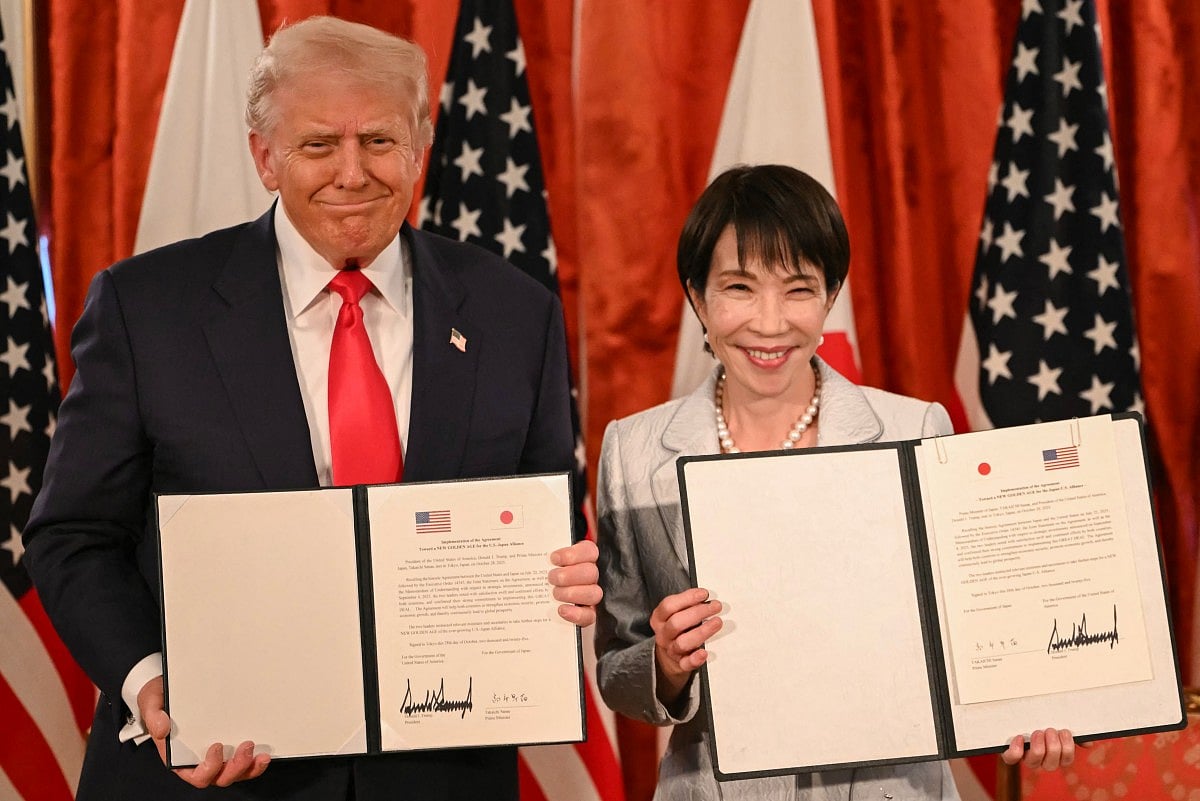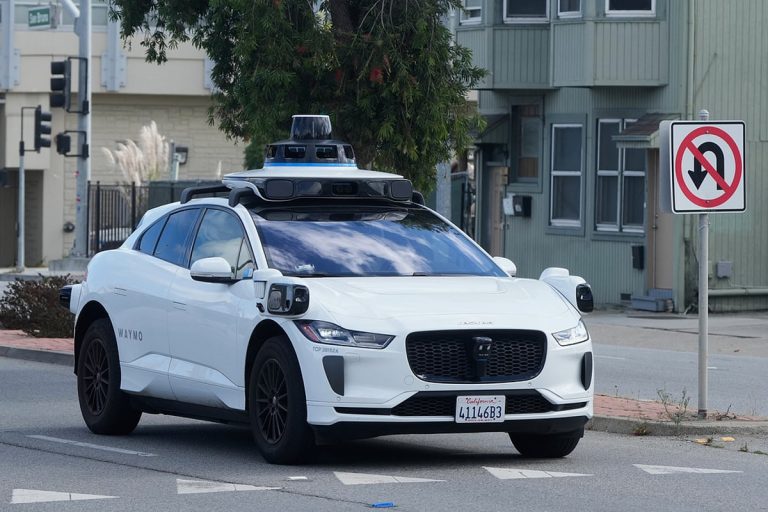Trump’s Asia Trip Focuses on Trade and Peace Initiatives
During his recent trip to Asia, US President Donald Trump focused on strengthening trade relationships and fostering peace in the region. His journey included significant stops in Malaysia and Japan, where he engaged in discussions with regional leaders and participated in a variety of diplomatic activities.
Key Activities in Malaysia and Japan
In Malaysia, Trump attended a regional summit that emphasized collaboration among ASEAN nations. His visit was marked by the signing of a peace agreement between two neighboring countries, showcasing a commitment to regional stability. Following this, Trump traveled to Japan, where he continued discussions on trade and met with Japanese officials to bolster economic ties.
Upcoming Engagements
After his time in Japan, Trump is scheduled to visit South Korea. This leg of his trip is expected to include discussions on trade and security, particularly in relation to North Korea, where a potential meeting with leader Kim Jong Un is on the agenda.
FAQs
What was the main focus of Trump’s trip to Asia?
Trump’s trip primarily centered on trade discussions and fostering peace agreements among ASEAN nations.
Which countries did Trump visit during his trip?
Trump visited Malaysia and Japan, with plans to continue to South Korea.
What significant agreements were made during the trip?
A notable peace agreement was signed between two ASEAN neighbors during Trump’s visit to Malaysia.
Conclusion
Trump’s visit to Asia highlights ongoing efforts to enhance trade relationships and promote peace in the region. As he prepares for his next stop in South Korea, the outcomes of these discussions could have lasting implications for U.S. foreign policy in Asia.
Trump’s trip to Asia comes at a time when the region is experiencing significant geopolitical shifts. The United States has long viewed Asia as a critical area for both economic opportunity and security challenges, particularly with the rise of China as a dominant economic power. By engaging directly with leaders in Malaysia and Japan, Trump aimed to reinforce U.S. commitments to its allies and partners while addressing concerns about trade imbalances and regional security threats.
In Malaysia, the regional summit provided a platform for Trump to advocate for a more balanced trade framework, emphasizing the need for fair trade practices among ASEAN nations. The peace agreement signed during his visit is indicative of the U.S. strategy to promote stability through diplomatic engagement. This approach aligns with broader U.S. foreign policy goals, which seek to mitigate conflicts in the region and encourage cooperative solutions to shared challenges, such as terrorism and maritime disputes.
Japan, as one of the United States’ closest allies in Asia, plays a pivotal role in U.S. strategic interests. The discussions held there focused not only on trade but also on defense cooperation, particularly in light of North Korea’s nuclear ambitions. Japan’s Prime Minister has expressed a willingness to work closely with the U.S. to enhance security measures in the region, which includes joint military exercises and intelligence sharing. This partnership is crucial as both countries navigate the complexities of North Korea’s provocations and the need for a unified response.
As Trump prepares for his visit to South Korea, the stakes are high. South Korea is on the front lines of the North Korean threat, and any discussions regarding denuclearization will require careful diplomacy. The potential meeting with Kim Jong Un reflects a significant shift in U.S. policy, moving from a stance of maximum pressure to one that includes direct dialogue. This pivot could reshape the dynamics of U.S.-North Korea relations and has implications for regional security architecture.
Overall, Trump’s Asia trip underscores the importance of diplomatic engagement in addressing both economic and security issues. The outcomes of these discussions will likely influence U.S. foreign policy in the Asia-Pacific region for years to come, as the administration seeks to balance trade interests with the imperative of maintaining peace and stability amidst rising tensions. The effectiveness of these initiatives will depend on the ability of the U.S. to navigate complex relationships with both allies and adversaries in a rapidly changing geopolitical landscape.
Also Read:
Japan’s Prime Minister Takaichi Seeks Stronger U.S. Ties






